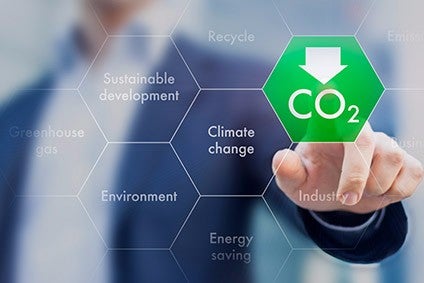
Teijin Limited says its new targets for greenhouse gas (GHG) emissions have been officially validated by the Science Based Targets initiative (SBTi) as targets that limit global temperature rise to well below two degrees Celsius.
Teijin claims to be the first enterprise in the Japanese chemical industry to receive the recognition.
The company declared its commitment in February 2021 to being validated under SBTi within two years and has realised its aim earlier than planned.
SBTi provides companies with a clearly defined pathway to future-proofing corporate growth by specifying how much and how quickly they need to reduce their greenhouse gas emissions. The objective is to help achieve the Paris Agreement’s goal of limiting global temperature rise to well below two degrees Celsius above pre-Industrial Revolution levels, which is expected to significantly reduce the risks and impacts of climate change.
Teijin Limited has established long-term goals that include reaching net-zero in-house emissions by fiscal 2050. The goals include reducing internal CO2 emissions by 30%, which was recently increased from the former 20% target, and two-thirds of total supply chain emissions by 15%, both as of 2030 compared to 2018 levels.
In April this year, Just Style announced the company was offering its support behind a statement from the Japan Climate Initiative (JCI) calling for the country’s official greenhouse gas emissions-reduction target to be more ambitious.

US Tariffs are shifting - will you react or anticipate?
Don’t let policy changes catch you off guard. Stay proactive with real-time data and expert analysis.
By GlobalDataMeanwhile, the SBTi recently launched what it claims to be the world-first Net-Zero Corporate Standard.
Companies adopting the Net-Zero Standard will be required to set both near and long-term science-based targets across all scopes. Near-term targets cover immediate emissions reductions for the next five to ten years, while long-term science-based targets determine the total level of decarbonisation by 2050 or before.



